One of the world’s best in diving spot and diving services is Balicasag Island Dive Resort. It is located in one of the islands near Panglao, Bohol, Philippines. It is considered as the number 2 best diving destination in the world and has the best marine area. It has well-preserved corals and fishes.
Balicasag Island Dive Resort is one of the most visited destinations by tourists who loves to be more intimate with the sea creatures and its surroundings. Some find it extremely attractive to see the wonders and beautiful creations underneath the surface.
Balicasag Island has a 2.5 hectares total land area and 1.5 of which is used by Balicasag Island Dive Resort. This Diving Resort or shall we say a “Special Interest Resort” started operating since October 1989. This is mainly developed and managed by the Philippine Tourism Authority and Philippine Navy. Currently they are promoting underwater sports and expanding their advocacy of protecting marine life sanctuary. Their main focus to date is marine environmental conservation, ecological preservation and tourism.
Balicasag Island Dive Resort is located 8-10 kilometers away from Panglao Island depending on the starting point. Usually locally-owned outrigger boats in the beaches of Panglao are available for use going back and forth the Island. Locals offer the service at P500-P1000 depending on the size of the boat. Be sure to discuss the price first before going to the island to avoid conflicts. Some locals also offer the outrigger boats as package tours or island hopping tours. Island hopping tours include dolphin watching, going to Balicasag Island, going to Virgin Island and a couple more small islands near the area. Usually the price of the island hopping tours is at P2000 for 6-8 hours. The package tour starts at 6:30 am so you can watch the dolphins near Balicasag Island at 7:00 am.
In Balicasag Island, you can find white sand beach with some areas of coarse sands and rocks. Fishing and tourism are the main source of income in the island. Locals sell tropical fruits and grilled sea-foods. They also offer cooking services if you bring your own raw foods. Sodas, juices and mineral water are also available. Fishes like jacks, mackerels and barracudas can be seen at the cliff near the snorkeling area.
Fish feeding and snorkeling activities can be experienced in the island. This service is not included in the island hopping package so be sure to ask your local guide first. Since the outrigger boats are not allowed to land near the coral reef, they are forced to land in the nearby beach about 200 meters away from the fish sanctuary or snorkeling area. A paddle-powered outrigger will bring you there at P150/person if you bring your own goggles or snorkels and P300/person if you want to use their equipments. The price is just so high and it’s not the biggest bang for the buck. If I’m visiting Balicasag next time, all I need to do is walk to the beach near the snorkeling area for about 10 minutes then swim for about 1 minute to the fish sanctuary. The fish sanctuary is about 4 feet during low tide and 5-6 feet during high tide. You can use the free life-jackets included in the island hopping tour. If you want to feed the fish, you can bring along some bread or biscuits. Note that locals’ sells the biscuits. All the time you were in the water feeding the fishes asking for the crackers you think it’s free until you discover that it’s not when they ask you to pay for P10 per biscuit when you get back to the island.
Inside Balicasag Island you can see the tall lighthouse in the middle, a nearby chapel named Senior Santiago Apostol, houses made of “nipa” and bricks, plants, grasses and palm trees.
Be amazed of the marine wonders in Balicasag Island. Soon it will be one of the more populated islands in Panglao, Bohol. Don’t forget to bring an underwater cam or casing if you have one.
- The beach of Balicasag Island
- Chapel
- House in Balicasag Island
- Fishes and Corals
- Sea Urchin: Be careful not to step on this
- Colorful Corals
- More Corals
- Enjoying at Balicasag Fish Sanctuary
- Paddling the Outrigger
This page is last updated on
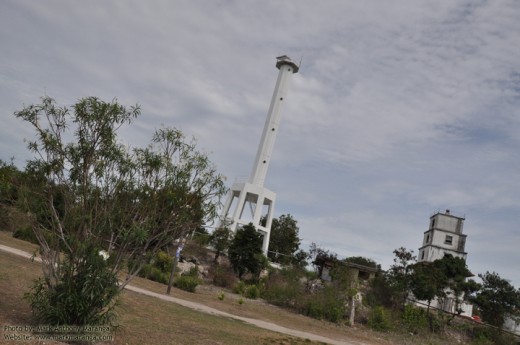
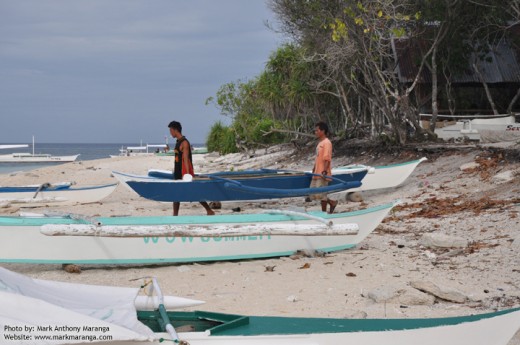
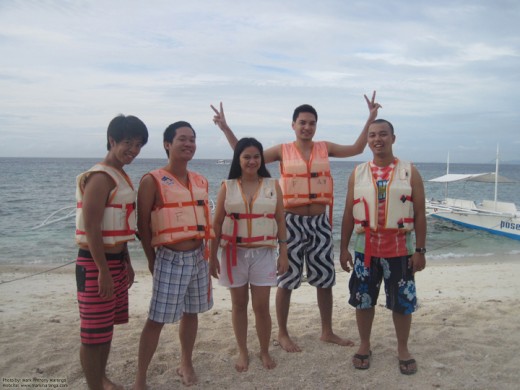
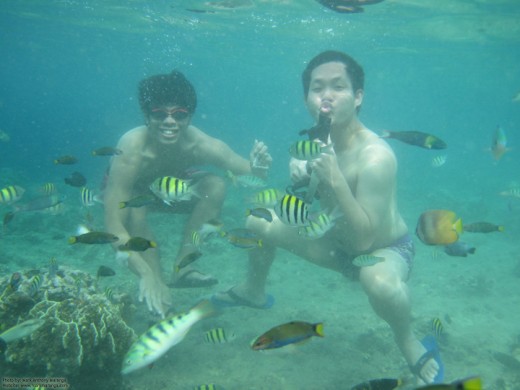
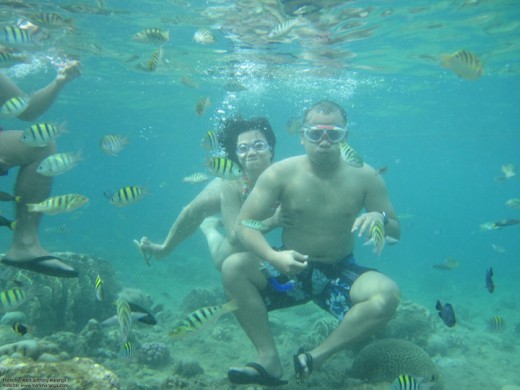
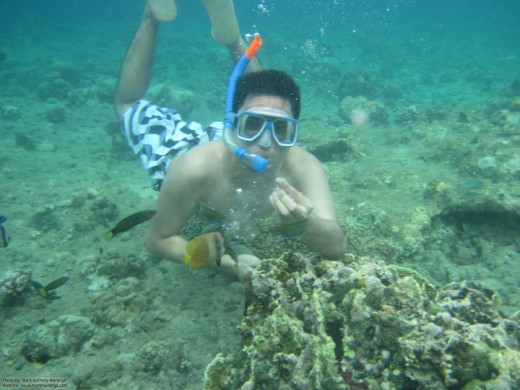
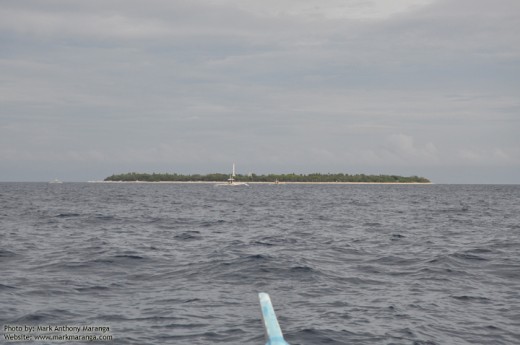
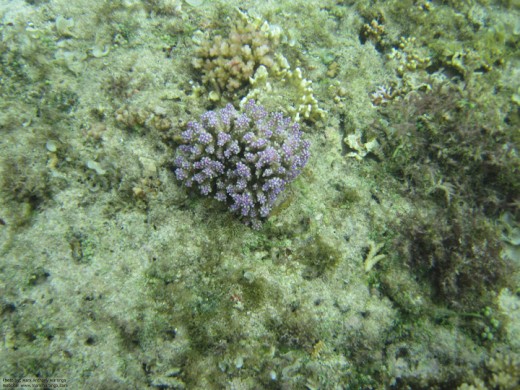
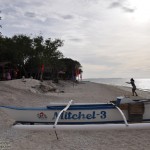
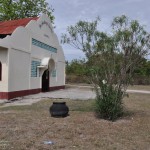
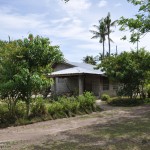
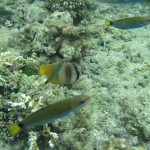
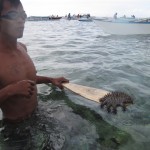
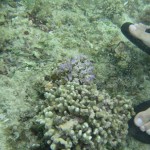
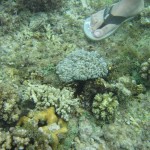
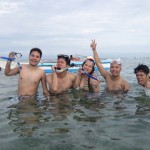
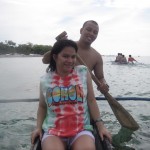
 Mark Anthony Maranga is an Educator-Parent to his 3 Homeschooling Kids. He sells
Mark Anthony Maranga is an Educator-Parent to his 3 Homeschooling Kids. He sells 










Another thing: They shouldn’t feed the fish. It’s just a big no-no when going to marine sanctuaries!
I wouldn’t be too proud of these images they look quite ridiculous – it sends an irresponsible message to others wishing to visit the site. You should be encouraging the promotion of your environment, touching – let alone standing on the reef is totally unacceptable. No wonder the corals are in a ‘state of dying’ as the previous post mentions.
One of my biggest concern on this pictures is, please don’t step on the corals nor touch it. If we are on a fish sanctuary, be very careful not to touch the corals because it will kill them. Yes there was a lot of fishes on that area but if you’re going to look into the corals most of them are on the state of dying. What you can see are stones and dead corals.